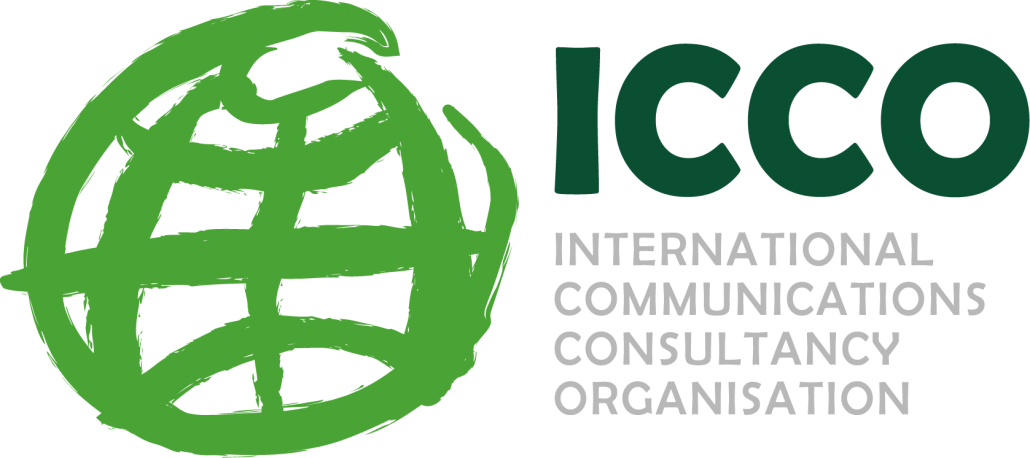The New Look of Public Relations
This is a guest blog post by Roman Geiser, CEO and managing partner of Farner Consulting; President of BPRA Association of PR Agencies in Switzerland; and a board member of International Communications Consultancy Organisation (ICCO).
Follow Roman on Twitter.
My interview last week on the persoenlich portal has generated some interesting reactions: it was an eye-opener for me that both my PR and advertising agency friends would feel moved to comment on the line separating their respective disciplines. Some insisted that PR will always remain PR, whilst others maintained that advertising is much more focused on ads and commercials than on integration. It seems that looking into the neighbor’s backyard from the comfort of one’s own continues to be the rule. Except that the hedge separating the two – to stay within the green terminology – tends to obscure reality.
It’s not about PR vs. advertising – success is determined by communications that bring tangible benefits
The main point I made was that communications’ playing field, and that of the agency market for both PR and advertising, is changing. The emerging business models of traditional media and the growing prominence of participation-based communications are pushing providers of a certain size towards convergence. By convergence I don’t mean PR mutating into advertising or advertising putting on a PR hat. For me convergence means an agreement to create trust based on strong, interesting content, which will lay the groundwork for successful dialogue, participation and collaboration.
Communications’ success is determined by the extent that it reaches the given target groups. Its success depends on context and target group proximity. Or, expressed in the language of today’s business models, from merely transmitting content to dialogue, from stakeholder management to meaningful commitment, from sender-oriented messages to benefit-focused content, from copy to visuals and to video.
Media convergence: an opportunity for every communications agency
This sums up a huge opportunity that awaits agencies, regardless of their core discipline. My company Farner is, first and foremost, a PR agency. But at the same time we are becoming a more integrated agency in line with the aforementioned trends. Within the framework of paid-for, earned, shared and owned content we find ourselves moving towards a 360-degree model. In the past, integration meant combing advertising, PR, event-based communications and below-the-line measures. Today, we engage with any available communications channel, entering into a dialogue with anyone, at any time – and always in appropriate tonality. The basis for this is a sustainable central idea.
Convergence preoccupies the world’s communications industry
At this point a quick glance at the PR giants’ battle for concept leadership would not go amiss. A couple of weeks ago one of the world’s biggest PR agencies, Fleishman-Hillard, announced its new strategy and positioning. The New York Times headlined it“The new look of Public Relations”. The article’s defining sentence read ‘The firm will be the most complete communications company in the world”. Fleishman-Hillard CEO Dave Senay contributed sound-bites ranging from “serve consumers with content worthy of sharing”, to “recruitment of non-traditional talent”, “channel agnostic” and “work across paid, owned, earned and shared media”.
A reaction from Richard Edelman, global CEO of the eponymous agency, had followed shortly. In his blog he claimed that strategies aimed at turning PR agencies into one-stop shops as devoted to advertising as to their public relations legacy, are misplaced. He went on to say that the market is shifting towards PR anyway because it draws on more than a set of tools or tactics – it is a mindset, a way of thinking.
Agile agencies are the winners
I don’t consider myself to be in a position to proclaim any winners in this battle of opinions raging among global PR agencies. But it does seem to me that, in fact, Edelman and Fleishman-Hillard think alike – although they express themselves differently.
Myself, I firmly believe that the key to success lies in establishing trust, making interaction and participation part of the message, that we have to create content relevant and useful to the recipient, whether consumer, activist, voter, investor or employee, and that an agency’s services must conform to global trends as well as hyper-local market conditions and existing brand positioning.
No one today has the ultimate answer. I do believe, however, that communications agencies that learn from and absorb today’s rapidly changing conditions most quickly, that are able to reorganize their in-house thinking, models, processes and procedures, talents and teams accordingly, and that generate communications solutions appropriate for the new reality, will gain the lion’s share of the market.
We’re working on it. And so are certain advertising, web and marketing agencies.
This blog post initially appeared on Farner blog
http://www.farner.ch/en/blog-en/the-new-look-of-public-relations/


